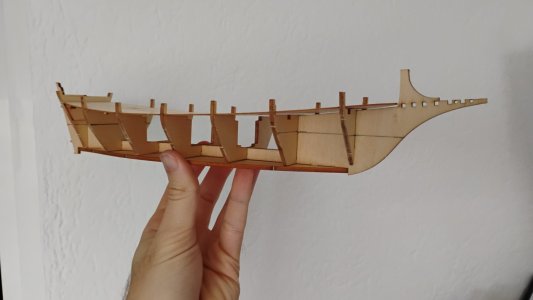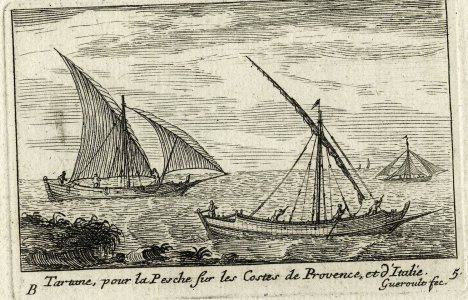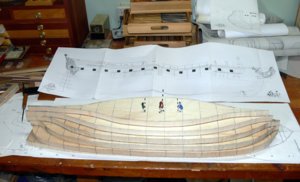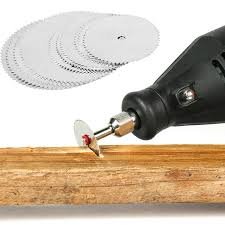- Joined
- Oct 29, 2025
- Messages
- 2
- Points
- 1
Hello dear shipmodelers and thank you for letting me join you on this forum!
I'm building a tartane for the tabletop game Blood and Plunder.
For that I ordered the Billing Boats kit "Le Martegaou" which is a 19th century french river boat.
It's shape is very similar to 17th century single mast tartanes. So thats why I chose it.
The only problem is that for it to work as a playpiece it needs to be cut at the waterline.
When I ordered it I didn't know what the keel and bulkheads would look like and assumed I would be able to just cut them short.
However looking a the model it seems this will result in the keel and half the bulkheads falling into pieces.
See here the dry fit of the model with the waterline marked with a pencil (the waterline was taken from the plan, I might lower it a little):

I was thinking about this quite a bit.
Should I just build the model as is and cut later? I'm really scared of this for multiple reasons:
For one I don't own a bandsaw. I would have to do it with a fretsaw likely resulting in an uneven cut.
Secondly I don't think the boat would have enough support by the planking and the deck alone. It might become unstable.
The other option would be to use the existing bulkheads as templates to cut new ones.
I could join the front and rear of the keel with some additional plywood. The only new parts I would have to cut are the three bulkheads in the center.
This would be a bit of work cutting with a fretsaw, but it would have the added benefit that I could raise the boats side to closer resemble my inspiration.
This is roughly what it ideally should resemble when finished:

What do you think? Any suggestions?
Whilst I'm not new to modelling and scratch-building this is only my second wood model ship so any help is apreciated.
I'm building a tartane for the tabletop game Blood and Plunder.
For that I ordered the Billing Boats kit "Le Martegaou" which is a 19th century french river boat.
It's shape is very similar to 17th century single mast tartanes. So thats why I chose it.
The only problem is that for it to work as a playpiece it needs to be cut at the waterline.
When I ordered it I didn't know what the keel and bulkheads would look like and assumed I would be able to just cut them short.
However looking a the model it seems this will result in the keel and half the bulkheads falling into pieces.
See here the dry fit of the model with the waterline marked with a pencil (the waterline was taken from the plan, I might lower it a little):

I was thinking about this quite a bit.
Should I just build the model as is and cut later? I'm really scared of this for multiple reasons:
For one I don't own a bandsaw. I would have to do it with a fretsaw likely resulting in an uneven cut.
Secondly I don't think the boat would have enough support by the planking and the deck alone. It might become unstable.
The other option would be to use the existing bulkheads as templates to cut new ones.
I could join the front and rear of the keel with some additional plywood. The only new parts I would have to cut are the three bulkheads in the center.
This would be a bit of work cutting with a fretsaw, but it would have the added benefit that I could raise the boats side to closer resemble my inspiration.
This is roughly what it ideally should resemble when finished:

What do you think? Any suggestions?
Whilst I'm not new to modelling and scratch-building this is only my second wood model ship so any help is apreciated.






